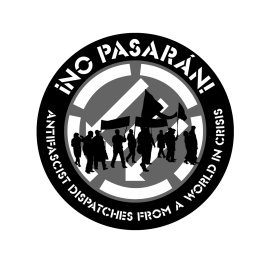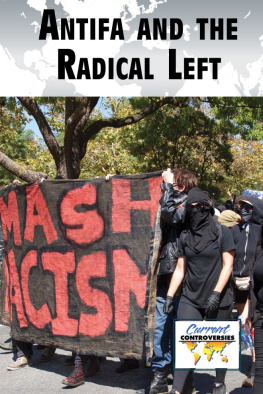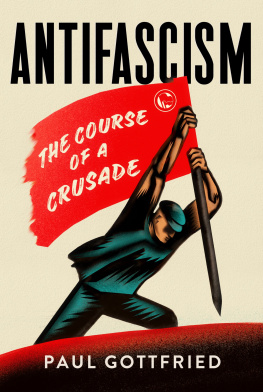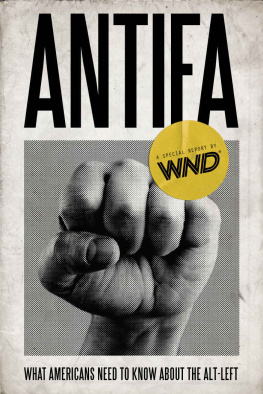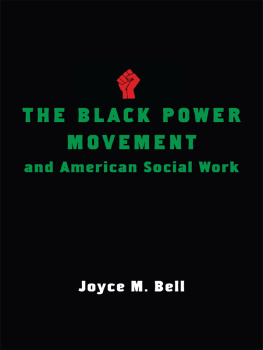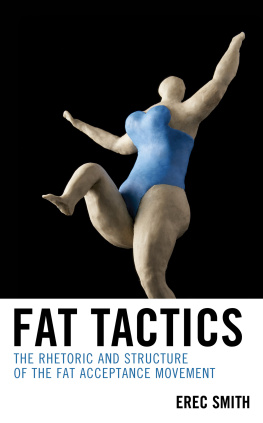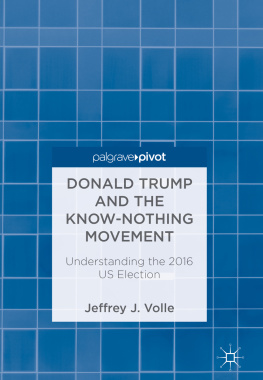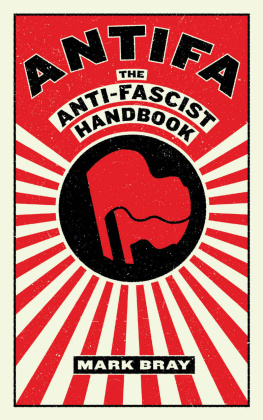American Antifa
Since the election of President Trump and the rise in racist and white supremacist activity, the militant antifascist movement known as antifa has become increasingly active and high profile in the United States. This book analyzes the tactics, culture, and practices of the movement through a combination of social movement studies and critical criminological perspectives.
Based on extensive fieldwork and interviews with activists, this book is the first scholarly sociological analysis of contemporary antifascist activism in the United States. Drawing on social movement studies, subculture studies, and critical criminology, it explains antifas membership, their ideology, strategy, tactics, and use of culture as a weapon against the far right. It provides the most detailed account of this movement and also cuts through much of the mythology and common misunderstandings about it.
This book will be of interest to scholars and students in sociology, political science, anthropology, criminology, and history; however, a general audience would also be interested in the explanation of what drives antifa tactics and strategy in light of the high-profile conflicts between fascists and anti fascists.
Stanislav Vysotsky is a sociologist whose research focuses on fascist and antifascist movements. Dr. Vysotskys research on the militant antifascist movement and the relationship between threat, space, subculture, and social movement activism has been published in journals such as Interface: A Journal for and about Social Movements and Critical Criminology. He has also published research on fascist and supremacist movements in the Journal of Political and Military Sociology, the Journal of Crime and Justice, the Journal of Hate Studies, as well as several edited volumes.
ROUTLEDGE STUDIES IN FASCISM AND THE FAR RIGHT
Series editors
Nigel Copsey, Teesside University, UK and Graham Macklin, Center for Research on Extremism (C-REX), University of Oslo, Norway.
This new book series focuses upon fascist, far right and right-wing politics primarily within a historical context but also drawing on insights from other disciplinary perspectives. Its scope also includes radical-right populism, cultural manifestations of the far right and points of convergence and exchange with the mainstream and traditional right.
Titles include:
Researching the Far Right
Theory, Method and Practice
Edited by Stephen D. Ashe, Joel Busher, Graham Macklin and Aaron Winter
The Rise of the Dutch New Right
An Intellectual History of the Rightward Shift in Dutch Politics
Merijn Oudenampsen
Anti-fascism in a Global Perspective
Transnational Networks, Exile Communities and Radical Internationalism
Edited by Kasper Braskn, Nigel Copsey and David Featherstone
British Fascism After the Holocaust
From the Birth of Denial to the Notting Hill Riots 19391958
Joe Mulhall
American Antifa
The Tactics, Culture, and Practice of Militant Antifascism
Stanislav Vysotsky
For more information about this series, please visit: www.routledge.com/Routledge-Studies-in-Fascism-and-the-Far-Right/book-series/FFR
First published 2021
by Routledge
2 Park Square, Milton Park, Abingdon, Oxon OX14 4RN
and by Routledge
52 Vanderbilt Avenue, New York, NY 10017
Routledge is an imprint of the Taylor & Francis Group, an informa business
2021 Stanislav Vysotsky
The right of Stanislav Vysotsky to be identified as author of this work has been asserted by hm in accordance with sections 77 and 78 of the Copyright, Designs and Patents Act 1988.
All rights reserved. No part of this book may be reprinted or reproduced or utilised in any form or by any electronic, mechanical, or other means, now known or hereafter invented, including photocopying and recording, or in any information storage or retrieval system, without permission in writing from the publishers.
Trademark notice: Product or corporate names may be trademarks or registered trademarks, and are used only for identification and explanation without intent to infringe.
British Library Cataloguing-in-Publication Data
A catalogue record for this book is available from the British Library
Library of Congress Cataloging-in-Publication Data
Names: Vysotsky, Stanislav, 1973- author.
Title: American antifa : the tactics, culture, and practice of militant anti-fascism / Stanislav Vysotsky.
Description: Abingdon, Oxon ; New York, NY : Routledge, 2020. | Series: Fascism and the far right | Includes bibliographical references and index.
Identifiers: LCCN 2020004588 (print) | LCCN 2020004589 (ebook) | ISBN 9780367210571 (hardback) | ISBN 9780429265174 (ebook)
Subjects: LCSH: Antifa (Organisation) | Radicalism--United States. | Anti-fascist movements--United States.
Classification: LCC HN90.R3 V87 2020 (print) | LCC HN90.R3 (ebook) | DDC 303.48/4--dc23
LC record available at https://lccn.loc.gov/2020004588
LC ebook record available at https://lccn.loc.gov/2020004589
ISBN: 978-0-367-21057-1 (hbk)
ISBN: 978-0-367-21060-1 (pbk)
ISBN: 978-0-429-26517-4 (ebk)
It was the punch memed around the world. On January 20, 2017, as Donald Trump was ascending to the presidency of the United States and protests raged in the streets of Washington, DC, Richard Spencer, the media gadfly who coined the term alt-right, was filmed being punched in the face by a masked, black clad protester. The image became an instant social media sensation generating endless memes, debates about the utility and ethics of punching fascists, and public awareness of a social movement that had largely operated underground the militant antifascist movement, or antifa. In many ways, 2017 would become the year of antifa as supremacists, emboldened by the president and his administration, began mobilizing, so did counter-protesters who sought to oppose or prevent such mobilizations. High profile clashes between alt-right protesters and antifa counter-protesters occurred in Berkeley, CA, Portland, OR, and, most notably, Charlottesville, VA. Here militant antifascists defended pacifist protesters from fascist violence and successfully routed a supremacist rally, only to suffer violent reprisals in the form of targeted attacks on individuals and the intentional ramming of a crowd, resulting in the death of one person and the injury of 19 more. Charlottesville left many people asking questions about antifa activism and speculating about its strategies and methods.
Antifascism is simultaneously a complex and simple political phenomenon. At its core is a basic notion, the opposition to fascism. This generates a series of more complex debates about both what constitutes fascism as well as opposition to it. In the broadest sense, antifascism can be understood as a thought, an attitude or feeling of hostility toward fascist ideology and its propagators which may or may not be acted upon (Copsey 2000, 4). Such a definition takes an extremely broad view that antifascism is both an active and passive form of opposition that can incorporate a range from individual activists and collective groups to mass media and the state. An alternative framework views antifascism through the lens of activism distinguishing between non-fascists, that is individuals and groups that simply oppose fascism from an ideological or practical consideration and/or are not open fascists, and antifascists who actively organize to oppose fascist activity and mobilizations (Renton 1998). Antifa activism lends itself much more to the latter framework than the former; however, it may be useful to make an additional distinction between non-militant and militant antifascism. While both forms of antifascism involve some type of action in response to fascist movements, militants are defined by their willingness to use confrontational means, including violence, as part of their tactical repertoire (Vysotsky 2013). The sociological analysis of militant antifascists in this book reflects a synthesis of these three perspectives. Antifa can best be understood as activists who organize direct, confrontational opposition to fascism out of a distinct ideological and/or emotional response. The dynamics of militant antifascism are therefore driven by a series of ideological, emotional, and cultural processes that explain both movement formation and tactical preferences.



